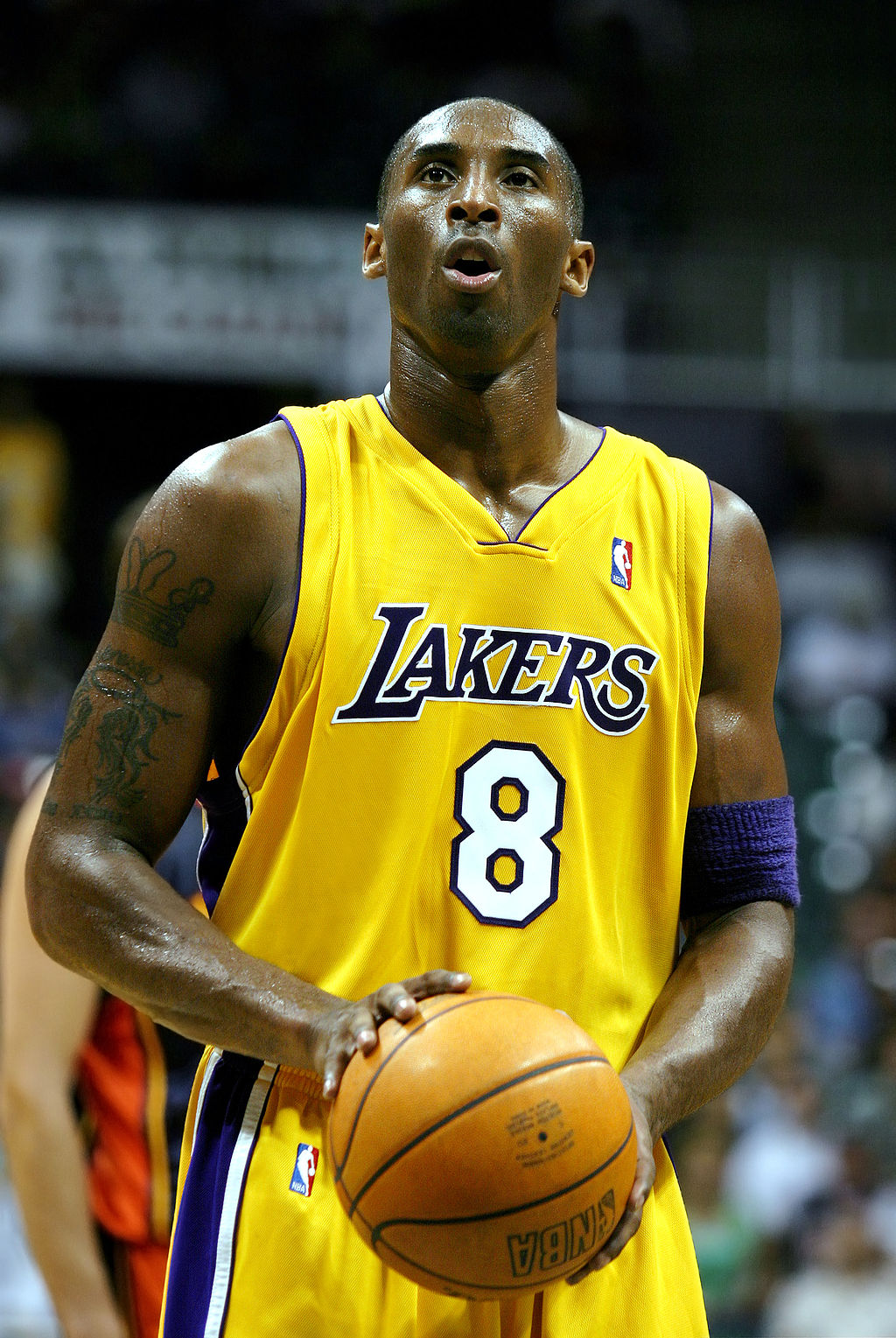Kobe Bryant, just 41 years of age, dies during a routine helicopter trip to a basketball event.
"The crash occurred shortly before 10 a.m. near Las Virgenes Road, south of Agoura Road, according to a watch commander for the Los Angeles County Sheriff's Department."
This is obviously a very tragic accident. It's actually just hard to believe. Kobe? Really?
Scroll all the way down to see the comparison of stats from fatalities by car vs. by helicopter, but if you want to read how I got there using a simple breakdown, read further. Feel free to share if you find this interesting or valuable.
There isn't any 2018/9 data yet, but here's a recent history on 2013 to 2017 on helicopter accidents:
"Comparing 2016 to 2013, the U.S. civil helicopter industry experienced a 30 percent accident rate reduction, from 4.95 accidents per 100,000 helicopter flight hours to 3.45 accidents per 100,000 helicopter flight hours. In addition, the number of fatal accidents has been cut nearly in half and the fatal accident rate is down 47 percent compared to 2013" (faa.gov). The site also shows:
"2016: 3.45 accident rate, 0.54 fatal accident rate, 0.93 fatality rate."
3.45 accidents * .54 fatality rate (1.863 fatal accidents) are estimated to have occurred per 100,000 helicopter flight hours in 2016.
4.95 accidents * 1.02 fatality rate (5.049 fatal accidents) are estimated to have occurred per 100,000 helicopter flight hours in 2013.
"Amateur-built and other experimental aircraft were involved in almost 25 percent of U.S. fatal general aviation accidents over the past five years and account for an estimated five percent of total general aviation fleet hours" (faa.gov).
It's hard to compare that to fatal accidents by car because there are a different amount of hours spent on average by civilians, and there are situations (e.g. drunk driving) that likely don't happen as often on a per-ride basis in helicopters. Here's one stat that covers 2007 to 2016,
"The number of pedestrian fatalities increased by 27% from 2007 to 2016, while at the same time, all other traffic deaths decreased by 14%. Pedestrian deaths as a proportion of total motor vehicle crash deaths increased steadily from 11% in 2007 to 16% in 2016. Pedestrians now account for a larger percentage of traffic fatalities than they have in the past 33 years" (driving-tests.org), and another source that covers 2015 through 2016:
"Fatality rates per 100,000 population (11.59) and per 100 million vehicle miles traveled (VMT, 1.18) in 2016 have both increased compared to 2015 (11.06 and 1.15, respectively)" (nhtsa).
As you can see, stats can be portrayed in a number of ways. The 2007 to 2016 decrease is likely a overly-simplified comparison of 2007 rate of accidents compared to 2016 rate of accidents. It likely doesn't compare year to year, the median of each year, or any other more detailed findings. The 14% decrease above may also not include the "per 100 million vehicle miles traveled," and could instead include a different amount of miles, or a certain type of vehicle, etc.
If you take the 100 million vehicle miles traveled, and divide by the average speed noted to be 32 miles per hour (ridetowork.org), that will be about 3.1 million hours traveled, for the purpose of the stat. To compare that to 100,000 helicopter hours, let's divide 3.1 million by 31 to get to 100,000 vehicle hours traveled at 32 miles per hour.
Now, we do that to the stat. 1.18 fatalities / 100 million miles = 1.18 / 3.1 million hours driven. Divide both sides by 31, and you get approximately .0393 fatalities / 100,000 hours driven.
Obviously, .04 fatal accidents in an automotive vehicle / 100,000 hours is much lower than 1.863 fatal accidents in a helicopter / 100,000 hours. It's not an exact comparison, of course, but you can clearly see there's a large difference.
Conclusion:
There are approximately 1.863 fatal accidents / 100,000 hours in a helicopter.
There are approximately .0393 fatal accidents / 100,000 hours driven.
*Ceteris paribus* (which is a big assumption), being in a helicopter is over 40x riskier in this measurement.
Growing up, my friends, and likely yours as well, would say "Kobe" as they throw a piece of trash into a trash can. They did this because Kobe was a legend. I probably even did that once or twice.
You tend to think these things can't happen to folks who are famous; they seem invincible, partially due to the resources at their disposal. This is a shocking and unfortunate reminder to stay safe.
If you found this valuable, feel free to share. The link to share should be on the right.
Our team's thoughts are on the family and friends.

